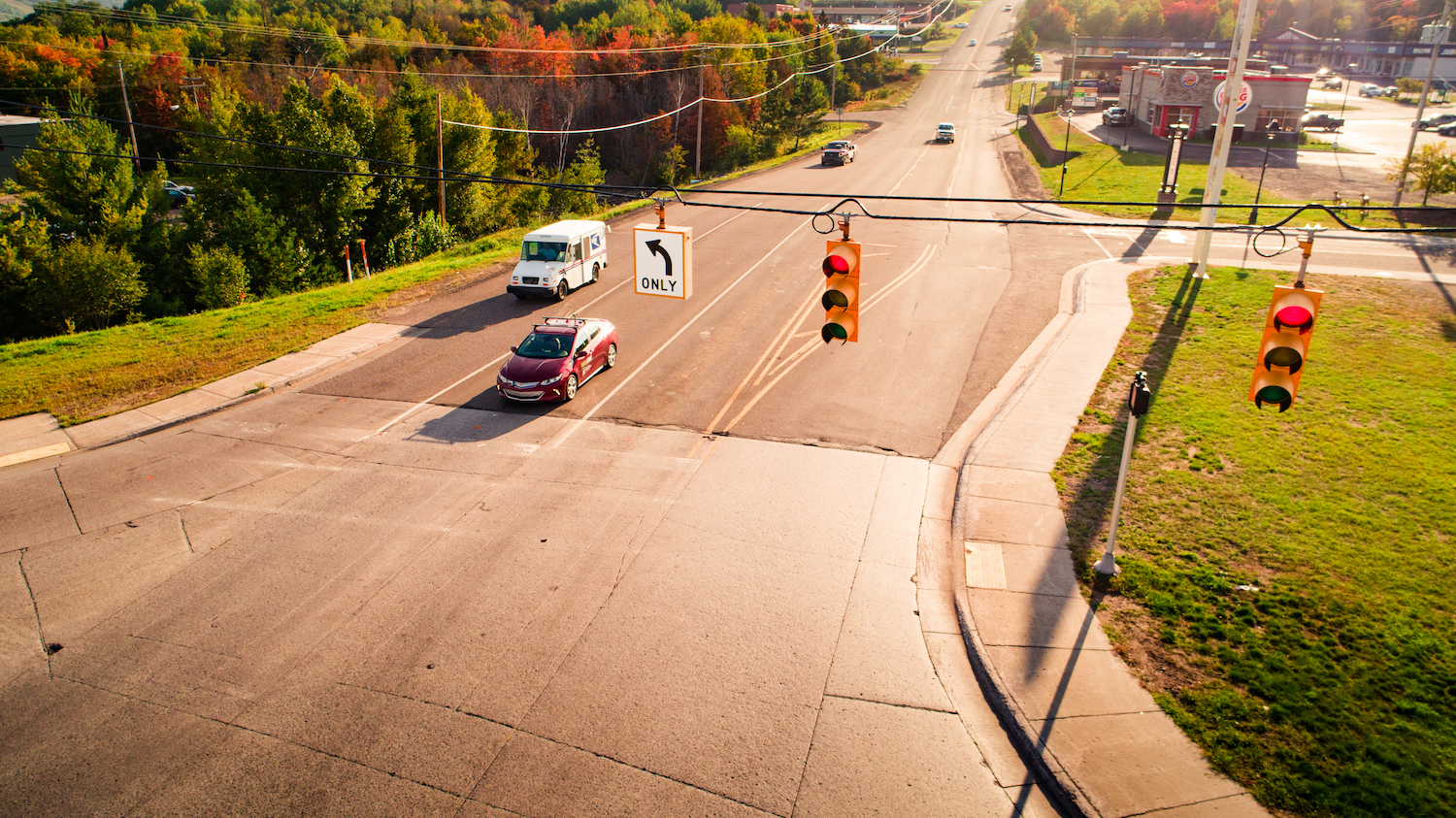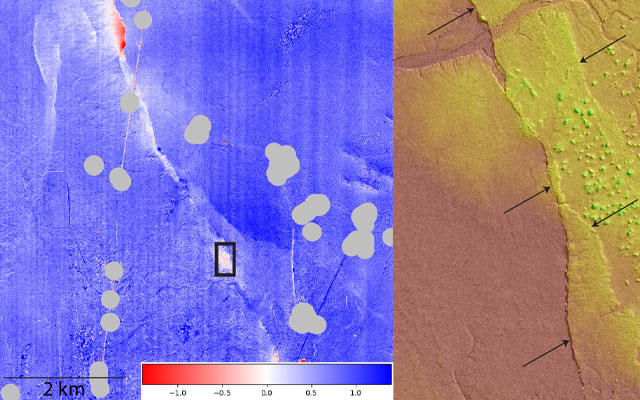Researchers’ analysis of “found” lidar data from a completely unstudied corner of the Maya civilization revealed countless settlements that archaeologists never knew about. The study demonstrates, once and for all, that there’s still plenty of the Maya world to uncover.
Tag: Lidar
Hurricane season: Has anyone checked on the beach?
Beach-loving environmental researchers wondered how a highly active hurricane season impacts beaches along the coast.
Assessment of urban wind energy resource in Hong Kong based on multi-instrument observations
Abstract Urban wind power is an appealing alternative for electricity supply. Comprehensive urban wind resource assessment is a prerequisite for cost-efficient deployment of wind turbines. Based on observations from multiple instruments, including a Doppler lidar (light detection and ranging) system, a…
Details of Hurricane Ian’s Aftermath Captured with New Remote Sensing Method
Using aerial imagery data and LiDAR, a study remotely identified the hardest-hit areas of Southwest Florida’s Estero Island in the aftermath of Hurricane Ian. Researchers estimated the extent of structural damage and compared pre- and post-storm beach structural changes.
Key LiDAR sensor elements for autonomous vehicles are now made with our technology
The Korea Institute of Science and Technology (KIST) announced that a team led by Dr. Myung-Jae Lee at the Post-Silicon Semiconductor Institute has developed a “single-photon avalanche diode (SPAD)” that can identify objects at the mm level based on a 40nm back-illuminated CMOS image sensor process.
New Technique Maps Large-scale Impacts of Fire-induced Permafrost Thaw in Alaska
For the first time, researchers have developed a machine learning-based ensemble approach to quantify fire-induced thaw settlement across the entire Tanana Flats in Alaska, which encompasses more than 3 million acres. They linked airborne repeat lidar data to time-series Landsat products (satellite images) to delineate thaw settlement patterns across six large fires that have occurred since 2000. The six fires resulted in a loss of nearly 99,000 acres of evergreen forest from 2000 to 2014 among nearly 155,000 acres of fire-influenced forests with varying degrees of burn severity. This novel approach helped to explain about 65 percent of the variance in lidar-detected elevation change.
Driving in the Snow is a Team Effort for AI Sensors
Nobody likes driving in a blizzard, including autonomous vehicles. To make self-driving cars safer on snowy roads, Michigan Tech engineers look at the problem from the car’s point of view–its sensors.

Cooperative eco-driving automation improves energy efficiency and safety
Connected, automated vehicles promise to save energy and improve safety. Michigan Tech engineers propose a modeling framework for cooperative driving. Simulation results show that the cooperative automated eco-driving algorithm saves energy — 7% under light traffic and 23% under heavy traffic.

OpenTopography Collaboration Awarded New Four-Year Grant
The National Science Foundation (NSF) has renewed funding for OpenTopography, a science gateway that provides online access to Earth science oriented high-resolution topography data and processing tools to a broad user community advancing research and education in areas ranging from earthquake geology to ecology and hydrology.